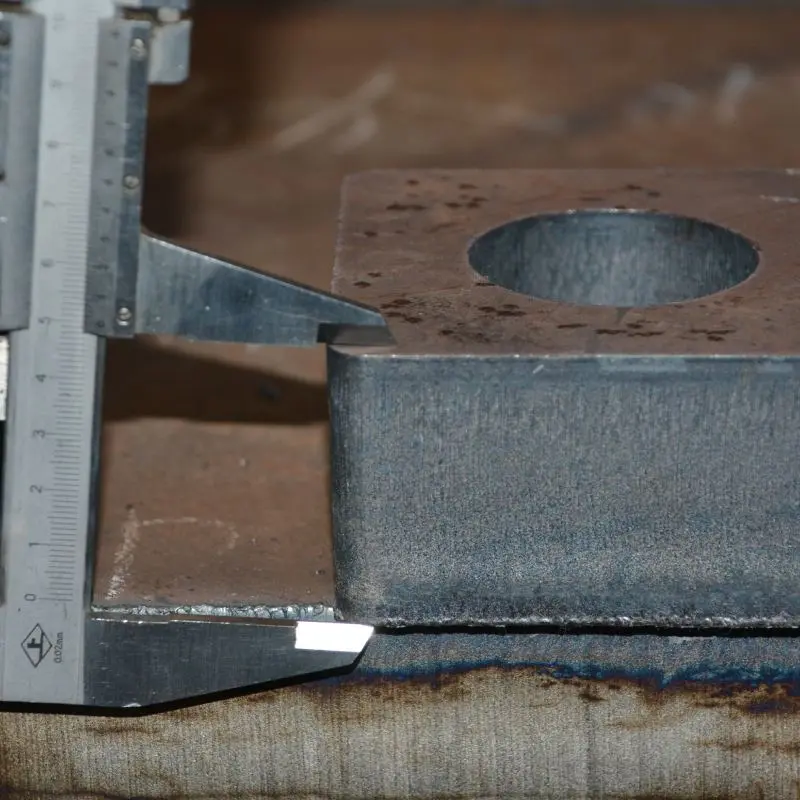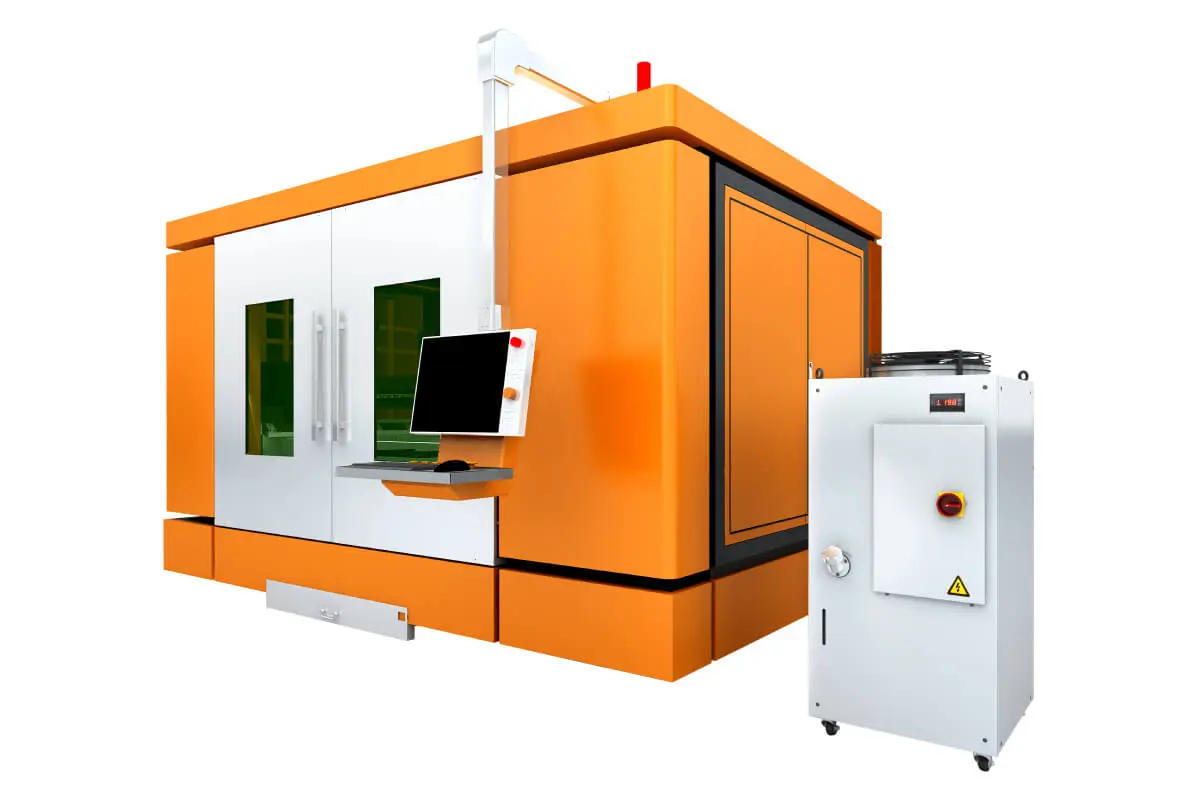In the ever-evolving world of manufacturing, staying ahead of the technology curve is essential to maintaining a competitive edge. One such technology that has been revolutionizing the industry is fiber metal laser cutting. This cutting-edge technique offers a host of advantages over traditional methods, making it an increasingly popular choice for a wide range of applications.
One of the primary advantages of fiber metal laser cutting is its unparalleled precision. Unlike traditional cutting methods that rely on manual labor or mechanical tools, laser cutting is controlled by computer programs that ensure exacting accuracy. This precision allows for intricate designs and complex geometries to be cut with ease, eliminating the need for time-consuming post-processing.

Revolutionizing Manufacturing: The Advantages of Fiber Metal Laser Cutting
In addition to precision, fiber metal laser cutting offers unmatched speed and efficiency. The high-powered laser beams can cut through materials at incredibly fast speeds, reducing production times and increasing output. This efficiency not only saves time and money for manufacturers but also allows for greater flexibility in meeting tight deadlines and accommodating last-minute design changes.
Another key advantage of fiber metal laser cutting is its versatility. While traditional cutting methods are limited by the type and thickness of materials they can cut, laser cutting is capable of processing a wide range of metals, including stainless steel, aluminum, and copper, as well as non-metal materials such as plastics and composites. This versatility makes laser cutting an ideal choice for manufacturers working with diverse materials and applications.
Furthermore, fiber metal laser cutting is a non-contact process, meaning there is minimal physical contact between the cutting tool and the material being processed. This not only reduces wear and tear on the equipment but also minimizes the risk of contamination or damage to the materials, resulting in cleaner, more precise cuts.

Revolutionizing Manufacturing: The Advantages of Fiber Metal Laser Cutting
In terms of environmental impact, fiber metal laser cutting also stands out as a more sustainable option compared to traditional cutting methods. The process produces minimal waste, as the laser beam vaporizes the material being cut, leaving behind only a small amount of dust or fumes. Additionally, laser cutting does not require the use of harmful chemicals or lubricants, further reducing its environmental footprint.

Revolutionizing Manufacturing: The Advantages of Fiber Metal Laser Cutting
Overall, the advantages of fiber metal laser cutting are clear: precision, speed, versatility, and sustainability. As technology continues to advance, manufacturers who embrace this cutting-edge technique will undoubtedly see improvements in quality, efficiency, and profitability. By leveraging the power of fiber metal laser cutting, companies can redefine the possibilities of modern manufacturing and position themselves as leaders in their respective industries. Double table 3000 Watt Fiber Laser



